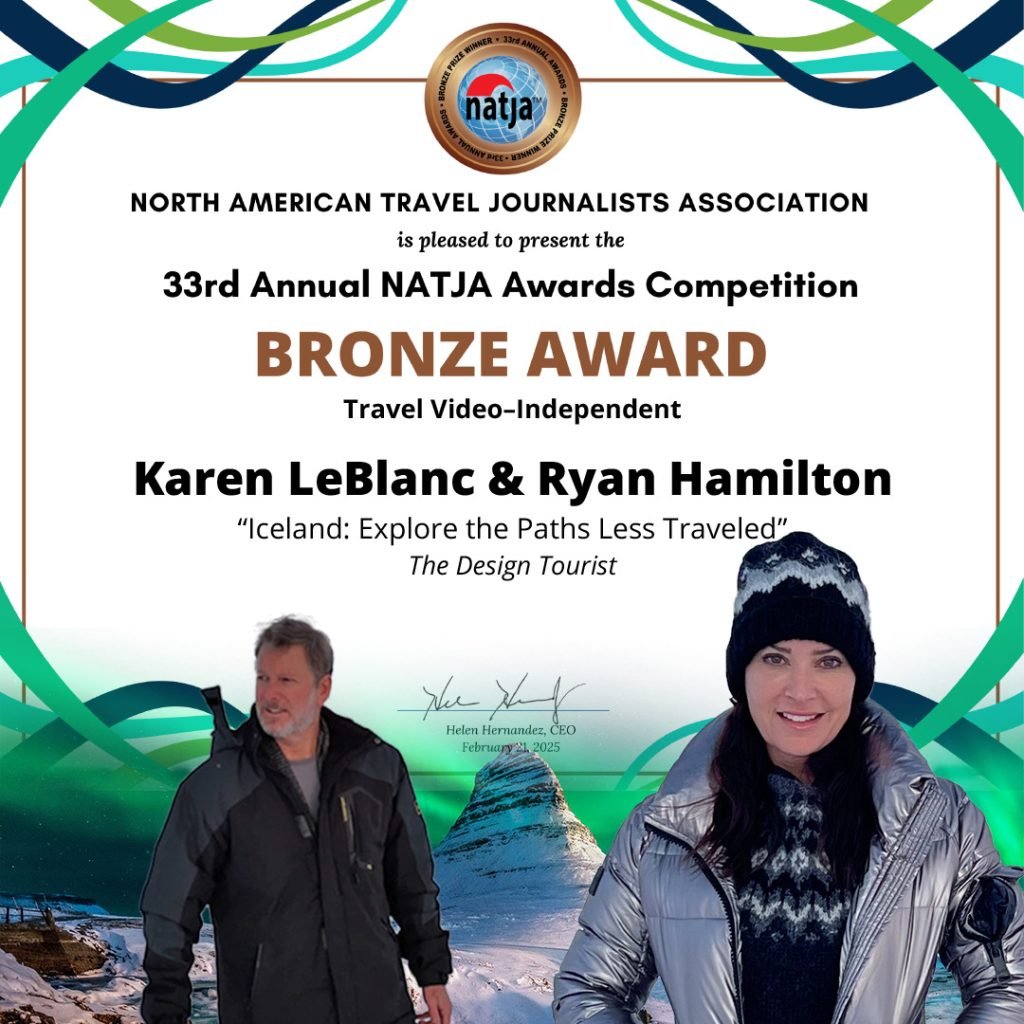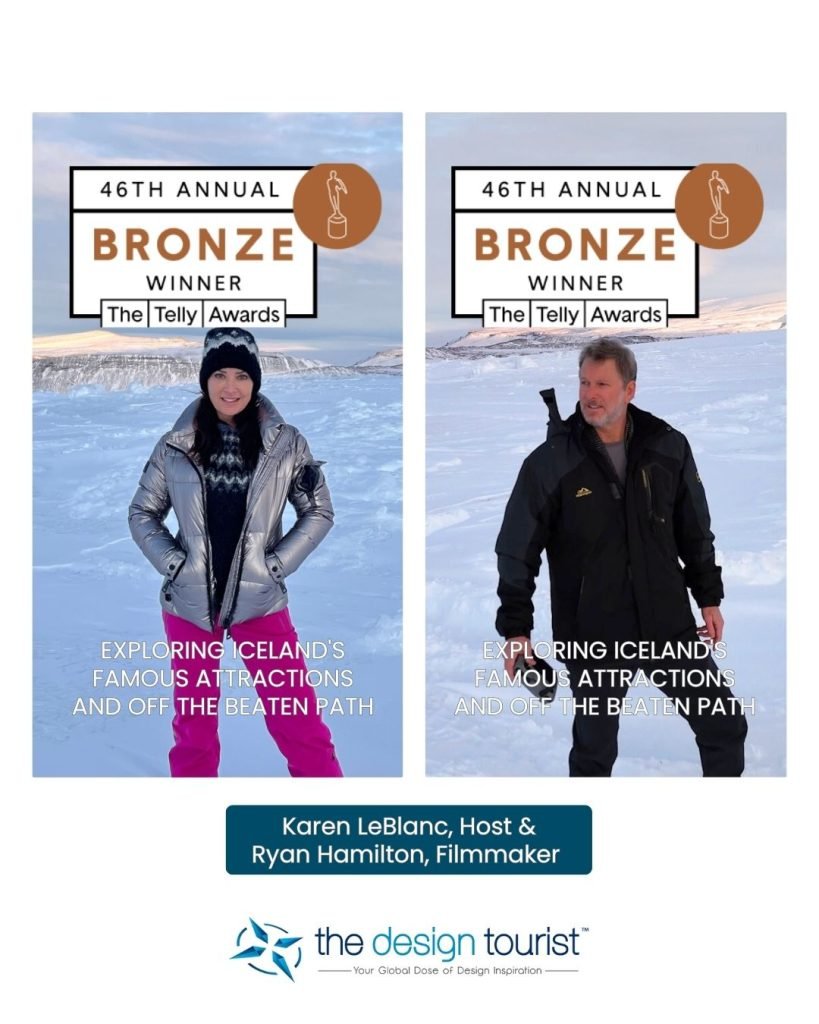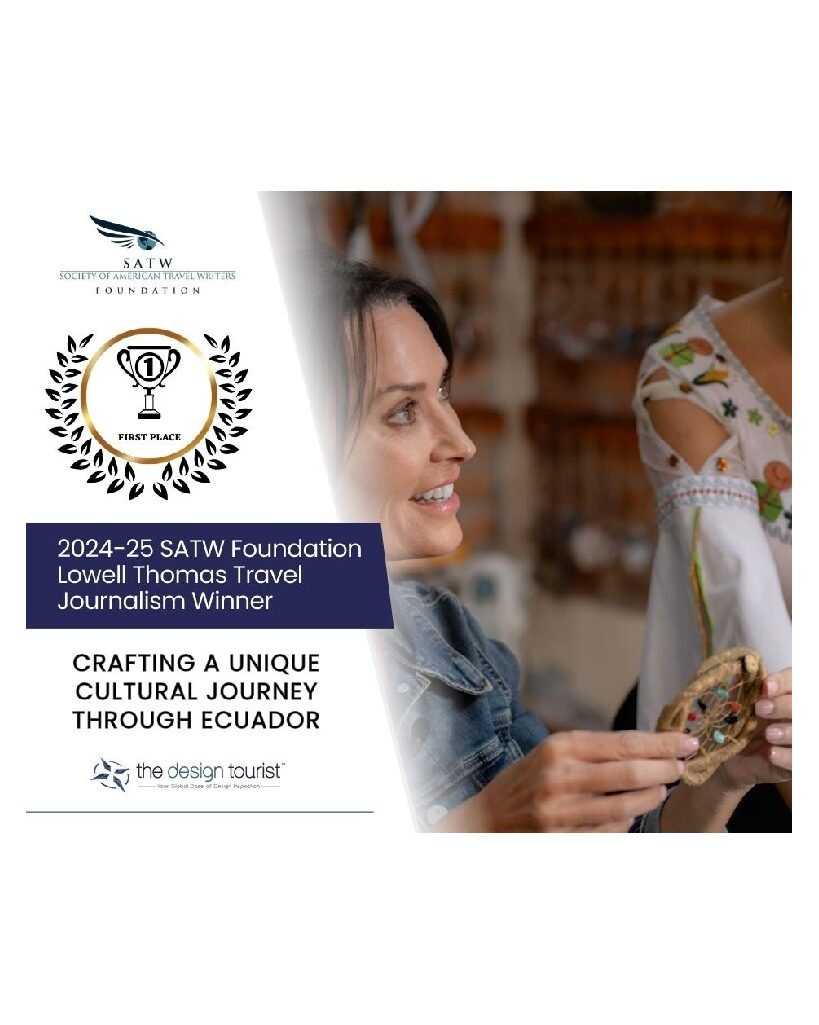Scotland gets in your head. It’s the hills, the castles, the vast lochs. People try and attempt to combine travel with tangible reminders, like a tartan scarf or a bottle of whisky, but that’s not what it feels like to have a home away from home through travel.
Fortunately, you don’t need to pick up and move or purchase a castle to have an authentic, permanent name for yourself there. You, too, can become part of the fabric of the Highlands. And no, it’s not as complicated as you’d think.
The Historical Concept of Naming
For centuries, the Highlands boast names given by the clans who worked there – not exactly markers of ownership but markers of historical presence. Families once lived in glens, worked in fields, named burns and crags with new meanings. This wasn’t ownership per se; this was sentimentality with connection strong enough that names existed for generations to come so that children knew where their ancestries had come from.
This isn’t a thing of the past. This is still relevant today.
Visitor/nominal estates exist throughout the Highlands in dedicated naming plots established upon Scottish estates throughout the region. Websites like NamedEstates.com partner with estates across Scotland to offer opportunities for anonymous people to name a piece of Highland land a name either for themselves, their family, or someone in their lives or past.
While you’ve not purchased estate property or deeded ownership, as it still belongs to the estate, your name is officially recognized as the name of that specific piece of land.
Why Names Are Better than Souvenirs
Most souvenirs are simple. You passively acquire something, a fridge magnet sits on your fridge. A mug collects coffee. A photo gets stuck in an album. Yet those physical representations merely remind you of where you’ve been and not necessarily of where you can return.
When you name a portion of Scotland, you solidify your existence there. It becomes part of the fabric in a spot you can return to, proudly show others, or merely know exists without you having had anything else to do with it in life beyond bestowing its name.
A physical plot does not relocate; the Highlands don’t change its mind overnight. It will sit there forever in your name, or a name, a piece of your identity that will remain whether you have children who will never see it or whether you find them in your family tree one day. For families, that’s a dynamic inheritance. Grandkids can stand upon “MacGregor Glen” or “The Anderson Plot” and say their ancestors lived and worked there even when they didn’t but loved the Highlands enough to claim it.
That’s not something that has ever been done with travel portfolios.
The Memorial Component Few Consider
Travel isn’t typically synonymous with grief; however, at some point, it intersects. When people die, it’s often difficult to ascertain how best to memorialize them for family and friends who remain. Traditional tributes – with plaques, stones dedicated to certain places and benches – work for some people.
What about the person who always dreamed of going to Scotland but never made it? What about the couple that got married there or honeymooned and spent several anniversaries in a row getting back there and trekking through the Highlands?
Naming Scottish Land is a living memorial, not living in the biological sense, but just existing in a space that people travel through and is ever-changing regardless if people are paying attention to it. It’s stable while life goes on around it.
Some people choose specific coordinates to which they’ll return. Some choose remote areas they’ll never see but appreciate knowing exist. Either circumstance works because it’s not about the land itself; it’s about the title given for permanence in a place that means something.
What It’s Like in Reality
It sounds complicated; however, it’s much easier than you’d expect. It’s not like you’re filing through Scottish property issues or customs forms, it’s all digitized through many sites. You select your plot (usually via a map or frame of reference), submit your name (most estates have regulations about length and appropriateness for this purpose), and registrants are on their way.
What they receive differs from site to site; however, typically it includes a certificate showing geographical placement and coordinates, an official registration of the name, and sometimes a title conferred upon Highland traditions through renaming efforts like “Laird” or “Lady.” Note: This title has no official means by any registration party; it’s merely for name’s sake – and culture.
The cost runs somewhere between a nice dinner and a weekend hotel stay, which makes it worthwhile but not expensive enough to insist that only trust fund babies could do this without emptying their bank accounts first.
The Controversy No One Talks About
Not all locales love this phenomenon. In fact, some Scottish locals see this as an insult to their heritage and commercialization. It’s a fair argument, when something historically intricate becomes something for tourists to buy from behind a sale screen, an integrity shift exists. It’s one thing for Highland families to create naming traditions; it’s another thing altogether to virtually package these things and make them digital products.
Yet there’s a counterargument to be made, that these programs often keep Highland estates financially afloat. Giving people naming rights keeps land within Scottish hands instead of selling it off or letting it turn into development opportunities or disrepair later on down the line. If money is given to these locals from tourists purchasing this honor, then at least upkeep will occur.
Additionally, those who purchase aren’t looking for cultural appropriation – they’re people looking to gain a deeper connection than simply a cruise ship excursion provides after falling in love with Scotland for whatever reason. Whether it’s better that Scots have these historical tendencies sacred or keep them known to outsiders willing to appreciate them is another conversation altogether, but at least it’s being shared without signposts everywhere saying otherwise until funds render growth impossible.
How to Make It Matter
People frequently flake on symbolic gestures; thus, the danger exists that those who have gotten this type of naming have done so without thinking ever again about it after receiving their certificate.
Those families and individuals who find value in this opportunity are those who incorporate it into their adventures back down the road. People tell friends about it, travel there when they again visit Scotland, and use this naming as a means for additional growth in research purposes based on relevant history in Scotland and where their plot lies as well.
The Realization
Scotland isn’t alone in this opportunity; Ireland has places where this can happen. Parts of Wales do too, and some parts of Iceland hopped on board as well, but Scotland carries more significance because when people think of Highlands imagery, they think quite strongly about Scotland.
Yet what these programs have in common is that they realize that international travelers want more than just sightseeing; they want integration of themselves so that they’re more than just passing through with flash pictures snapped along the way, whether it’s authentic or clever marketing remains up for debate.
However, for those who can’t get Scotland out of their heads yet forever remain wishing for more, this provides something concrete. While it won’t substitute for being there every step along the way appreciating every moment filled with love for wandering travelers on hills – this provides an anchor, a small bit extends permanently into the air as a thread connecting one person to somewhere that hasn’t forgotten its names.


































